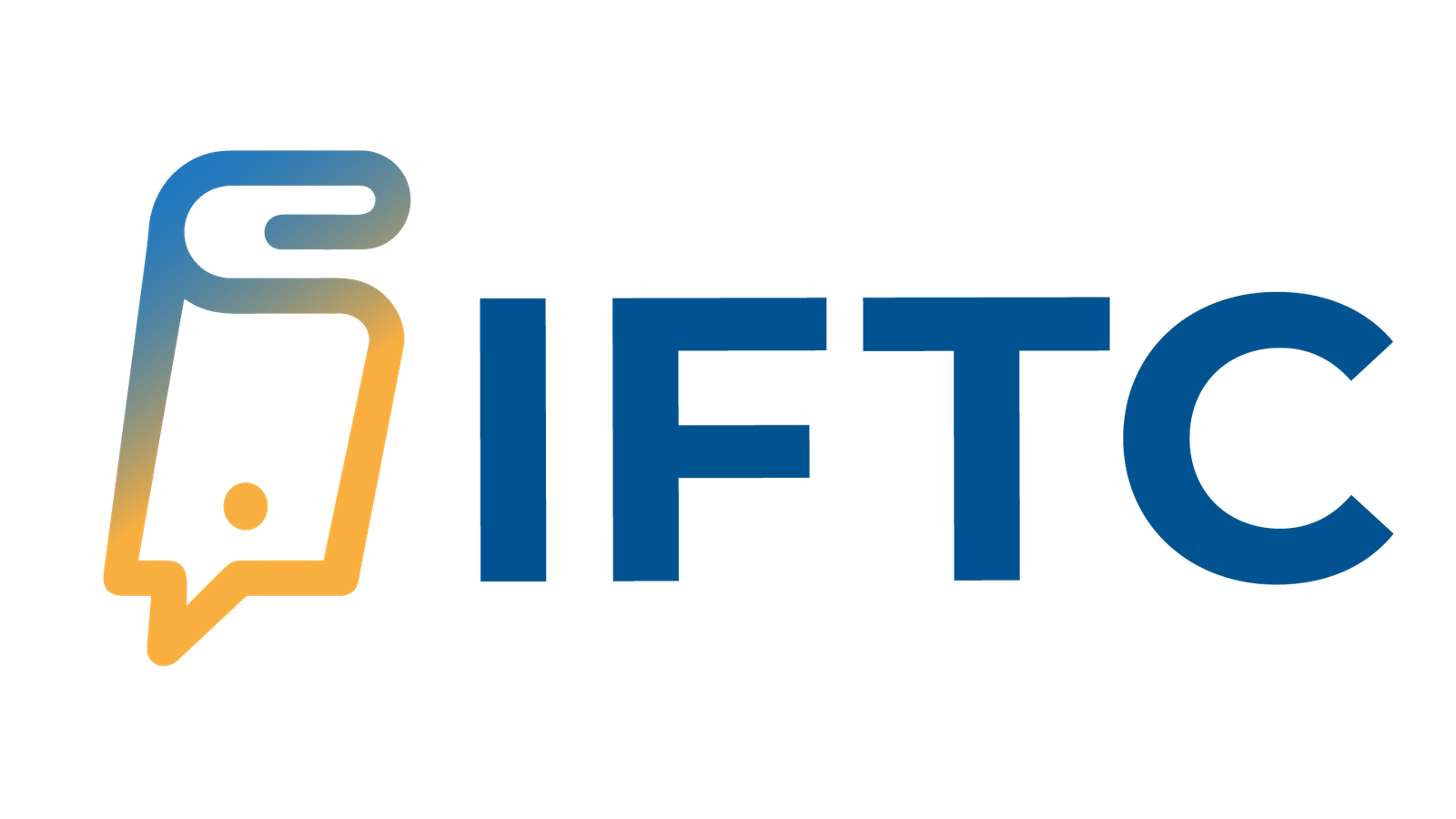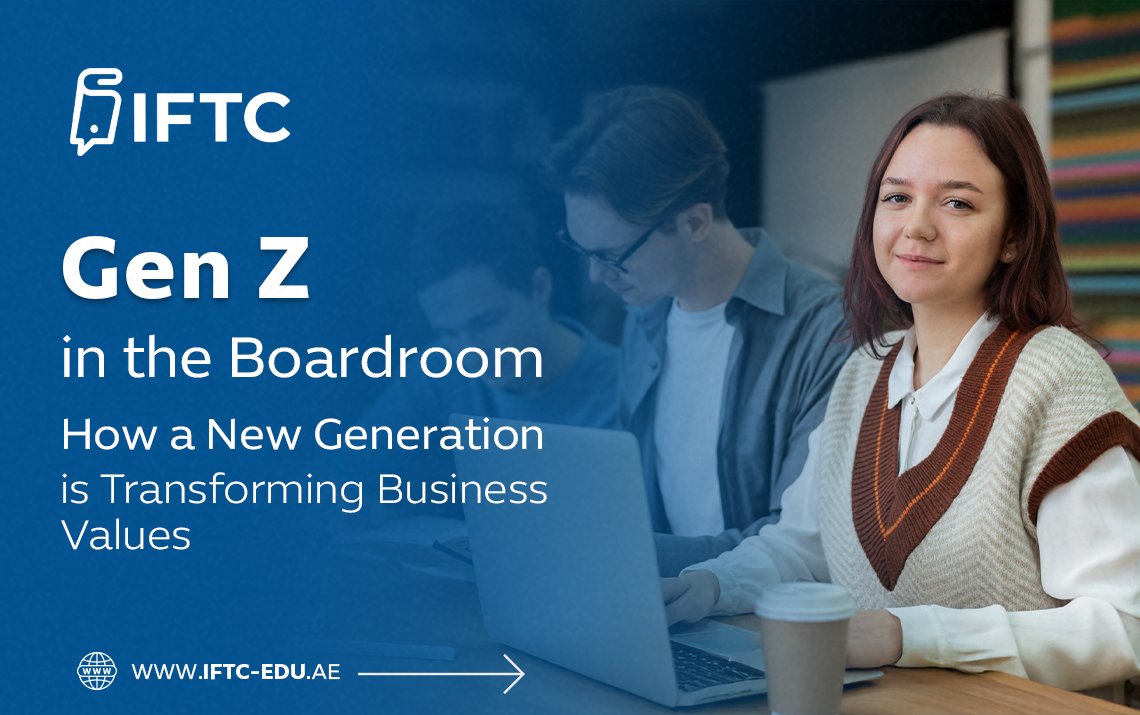
Business in the Age of AI: Balancing Efficiency with Human Insight
gen
Business in the Age of AI: Balancing Efficiency with Human Insight
Artificial Intelligence has transformed from a futuristic concept into a practical force shaping nearly every aspect of business. In 2025, Artificial Intelligence is no longer a novelty—it’s a necessity. From automating operations to enhancing decision-making, Artificial Intelligencetechnologies are creating new possibilities for efficiency, accuracy, and scale.
But as businesses race to integrate Artificial Intelligence into their workflows, a critical question emerges: how do we harness the power of machines without losing the human essence that drives creativity, empathy, and ethical judgment?
This blog explores how modern organizations can strike the delicate balance between Artificial Intelligence-driven efficiency and human insight, and why this balance is essential for sustainable, ethical business growth.
AI as a Business Enabler, Not a Replacement
There’s no denying that Artificial Intelligence boosts efficiency. Chatbots reduce the burden on customer service teams. Predictive algorithms streamline logistics. Artificial Intelligence -powered analytics provide real-time performance insights.
However, efficiency alone isn’t enough. Businesses must avoid viewing Artificial Intelligence as a total replacement for human roles. Instead, the goal should be augmentation—using Artificial Intelligence to empower professionals, not sideline them.
Consider this:
- Artificial Intelligence can analyze a million data points in seconds.
- But it’s a human who contextualizes the data and draws strategic meaning.
- Artificial Intelligence can predict consumer behavior.
- But it’s a human who connects emotionally with the customer and builds trust.
Where AI Excels—and Where Humans Still Reign
Let’s break down the strengths of Artificial Intelligence versus human capabilities:
AI Strengths | Human Strengths |
|---|---|
Processing large-scale structured data | Emotional intelligence & empathy |
Task automation & repetitive functions | Ethical judgment & moral reasoning |
Pattern recognition & trend prediction | Creativity, storytelling, and intuition |
Operational scaling & consistency | Adaptability and complex decision-making |
Understanding this division allows businesses to design workflows that leverage both machine precision and human perspective.
Real-World Applications: AI + Human Collaboration
Here are a few scenarios where the synergy between Artificial Intelligence and humans is especially powerful:
- Customer Experience
- Artificial Intelligence : Chatbots, sentiment analysis, and automated ticket routing.
- Human: Resolving escalated issues, delivering personalized emotional support, and building brand loyalty.
- Marketing & Personalization
- Artificial Intelligence: Audience segmentation, behavior prediction, A/B testing.
- Human: Crafting brand voice, storytelling, and designing campaign narratives.
- HR and Recruitment
- Artificial Intelligence: Resume parsing, candidate shortlisting, and engagement analytics.
- Human: Cultural fit evaluation, interviewing, and team-building decisions.
- Financial Planning
- Artificial Intelligence: Forecasting, risk modeling, fraud detection.
- Human: Interpreting anomalies, scenario planning, and investment strategy alignment.
Avoiding the Pitfalls: The Ethics of Artificial Intelligence in Business
While Artificial Intelligence brings great power, it also introduces significant ethical considerations:
- Bias and Discrimination
Artificial Intelligence systems learn from data—which often includes historical human bias. Without oversight, this can lead to discrimination in hiring, lending, or policing decisions.
- Transparency and Accountability
Artificial Intelligence decisions (especially those from “black box” models) are not always explainable. Businesses must ensure explainable Artificial Intelligence systems are in place, especially in high-stakes sectors like healthcare or finance.
- Privacy and Data Protection
Artificial Intelligence systems often rely on massive datasets, including personal information. Organizations must comply with regulations like GDPR, and adopt strong data governance frameworks.
Cultivating a Human-Centered AI Culture
For Artificial Intelligence integration to be successful and sustainable, organizations must build a culture of collaboration between people and technology.
Here’s how:
- Upskill employees in Artificial Intelligence fundamentals, so they understand its potential and limits.
- Involve diverse teams in Artificial Intelligence development to reduce bias and increase fairness.
- Create hybrid roles that combine technical and human skills (e.g., Artificial Intelligence product managers, ethical Artificial Intelligence analysts).
- Encourage critical thinking alongside automation—people should challenge Artificial Intelligence outputs when needed.
The Role of Leadership in the Artificial Intelligence Era
Business leaders play a pivotal role in guiding Artificial Intelligence strategy. They must:
- Champion ethical AI use as part of company values.
- Balance cost-saving objectives with long-term human development.
- Prioritize transparency when communicating about AI’s role internally and externally.
- Lead the shift from fear of AI to confidence in collaboration.
A good leader doesn’t replace people with machines—they inspire teams to work alongside Artificial Intelligence to achieve greater outcomes.
Artificial Intelligence in Postgraduate Business Education
Modern business academies are adapting to this Artificial Intelligence-driven reality. Today’s postgraduate students are learning not only how Artificial Intelligence works, but how to manage it responsibly.
Programs now include:
- Artificial Intelligence in Strategic Management
- Business Analytics and Predictive Modeling
- Ethics in AI-Driven Enterprises
- Digital Transformation & Change Leadership
Such curricula prepare future leaders to navigate Artificial Intelligence with both technical literacy and ethical clarity
Conclusion: Efficiency and Empathy Can Coexist
The future of business isn’t Artificial Intelligence versus humans—it’s Artificial Intelligence with humans. The companies that thrive will be those that don’t just automate, but also elevate the human experience. Efficiency, when combined with empathy, creates powerful organizations that are productive, innovative, and trusted by stakeholders.
As we move further into the Artificial Intelligence age, let us not forget: while machines can compute, only people can connect. And in business, connection is everything.



